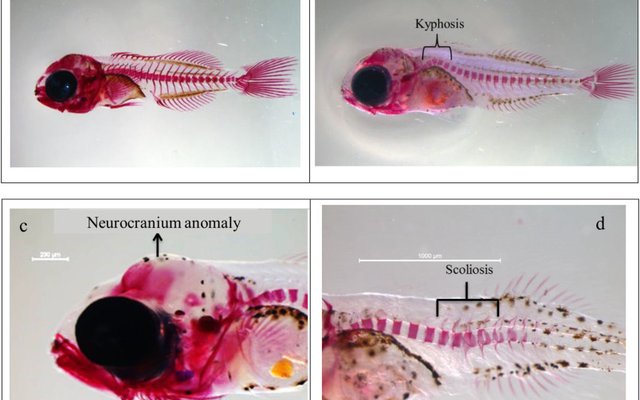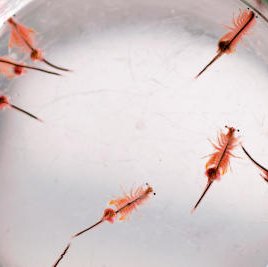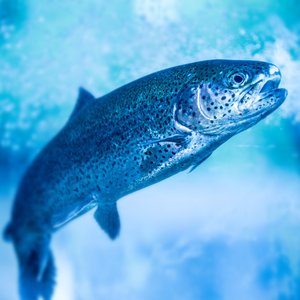Hatchery-produced gilthead seabream (Sparus aurata) larvae were often observed with several skeletal anomalies which affect its production. Vitamin D is an essential fat-soluble micronutrient that helps growth, bone development, calcium homeostasis and other metabolic processes. There are few studies in gilthead seabream regarding vitamin D and focused on juveniles. Unfortunately, information regarding the effect of dietary vitamin D3 levels on gilthead seabream larvae is very scarce.
A team of international researchers assessed the impacts of dietary vitamin D3 on growth performance, calcium absorption, mineralization, and skeletal anomalies during the development of gilthead seabream larvae until 47 days post-hatching. Diets containing four levels of vitamin D3 (0, 25, 30, 384 μg kg−1 or 11.6, 1000, 1200, 15,360 IU kg−1) were formulated to determine the effect of vitamin D3 at deficient, excess, and optimum levels.
Larvae presented a constant growth with all the diets but presented signs of toxicity in excess levels, affecting the survival, calcium uptake, and bone biomarker mechanism in larvae, which resulted in increased skeletal anomalies and mortality. An increase in dietary vitamin D3, up to 384 μg kg−1, significantly raised the whole body vitamin D3 content, calcium, and phosphorus intake and increased the incidence of skeletal anomalies, particularly cranial anomalies.
Larvae fed 0, 25 and 30 μg kg−1 vitamin D3 showed higher survival than the group fed 384 μg kg−1 vitamin D3. Meanwhile, vitamin D3-deficient diet (0 μg kg−1) presented a lower mineralization rate and increase incidence of maxillary anomaly.
Researchers concluded that the recommended dietary vitamin D3 level for gilthead seabream larvae may range between 25 and 30 μg kg−1 which improves larval survival, calcium and phosphate levels and vertebral mineralization with reduced incidence of skeletal anomalies in gilthead seabream larvae.
Check out the study here.













